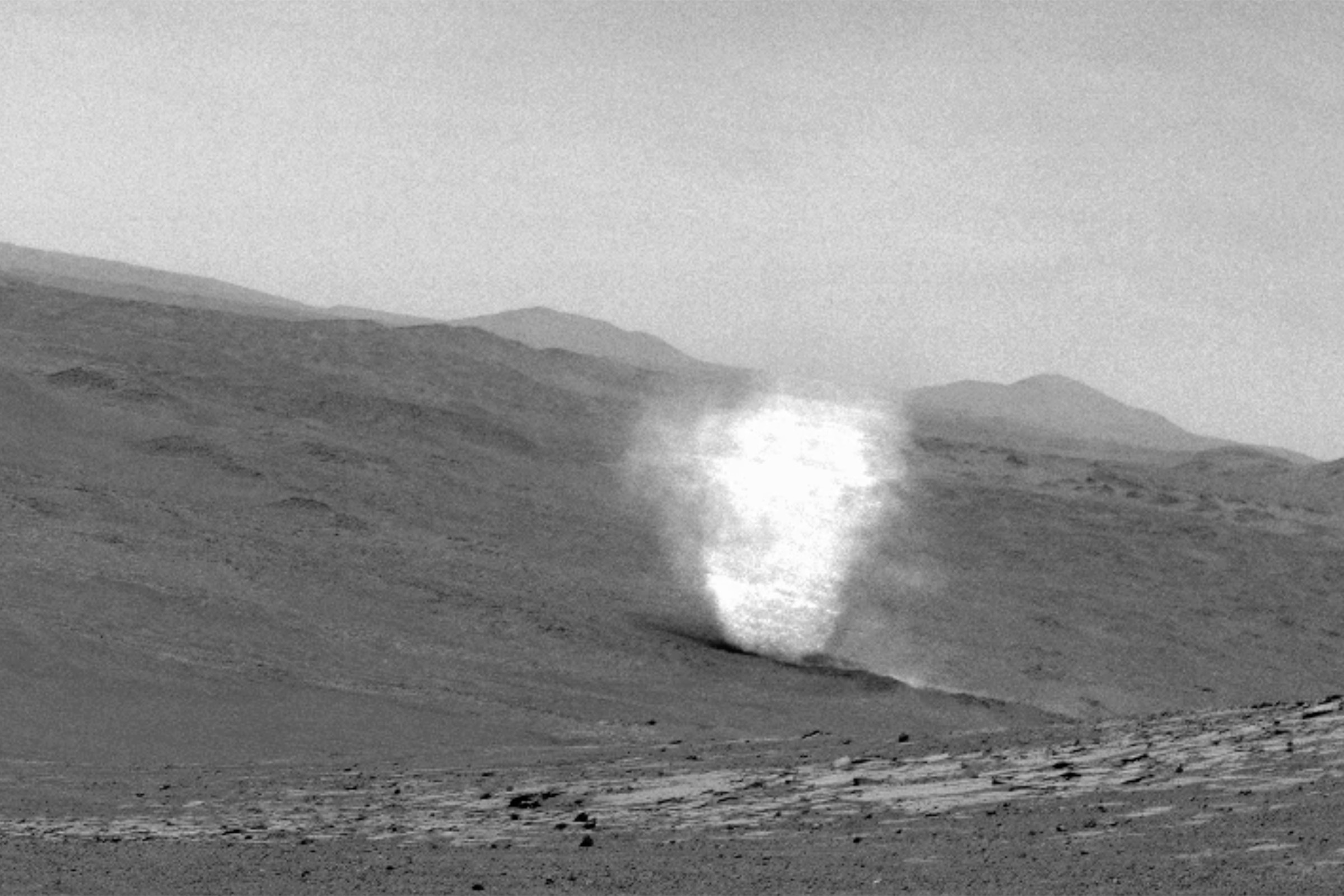Scientists from the University of Chicago have released a groundbreaking study mapping some of the largest known objects in the universe, aiming to deepen our understanding of its fundamental laws. The research, announced on October 21, utilizes data from the Dark Energy Survey, a project managed by the U.S. Department of Energy’s Fermi National Accelerator Laboratory (Fermilab). This initiative catalogued the night sky over six years from a mountain in Chile.
The scientists focused on galaxy clusters, which are massive groupings of galaxies that provide insights into cosmic phenomena. The Earth resides within a spiral arm of the Milky Way Galaxy, part of a local group that includes about 50 other galaxies. Clusters like the one containing the Milky Way are relatively small compared to others that can be vast and are among the most substantial structures in the universe.
This research aims to shed light on significant questions regarding dark matter and dark energy, elusive forces that influence the motion of galaxies. These components cannot be observed directly; however, their effects are more evident in massive structures like galaxy clusters. According to the study, understanding these clusters can clarify the dynamics of the universe.
Notably, the research team encountered challenges, such as overlapping galaxy clusters that obscured visibility. As Chihway Chang, a senior author and associate professor of astronomy and astrophysics at UChicago, explained, “Because clusters are such a sensitive measuring stick, if we tallied fewer clusters, we would conclude a different amount of dark matter in the universe.”
Despite these obstacles, Chang and co-author Chun-Hao To, a postdoctoral fellow at UChicago, developed methods to correct for such interference. Their findings introduced a new data point known as “S8 tension,” which quantifies the clumpiness of the universe, essentially measuring its structure.
Previous studies using alternative techniques produced a lower S8 value, suggesting that the universe may have had more structure in the past than it does today. This discrepancy posed potential challenges to the ICDM model, the prevailing theoretical framework that describes the universe’s behavior through dark energy and cold dark matter. However, the latest analysis revealed that the current S8 value aligns with early universe observations, lending support to the ICDM model.
Looking forward, advancements in telescope technology are expected to significantly enhance the ability to map galaxy clusters. The study involved over 66 members of the Dark Energy Survey Collaboration, representing more than 50 institutions, including Fermilab and the Argonne National Laboratory.
As scientists continue to explore the cosmos, studies like this one illuminate the intricate fabric of the universe, providing critical insights that could redefine our understanding of cosmic evolution and the fundamental forces at play.






